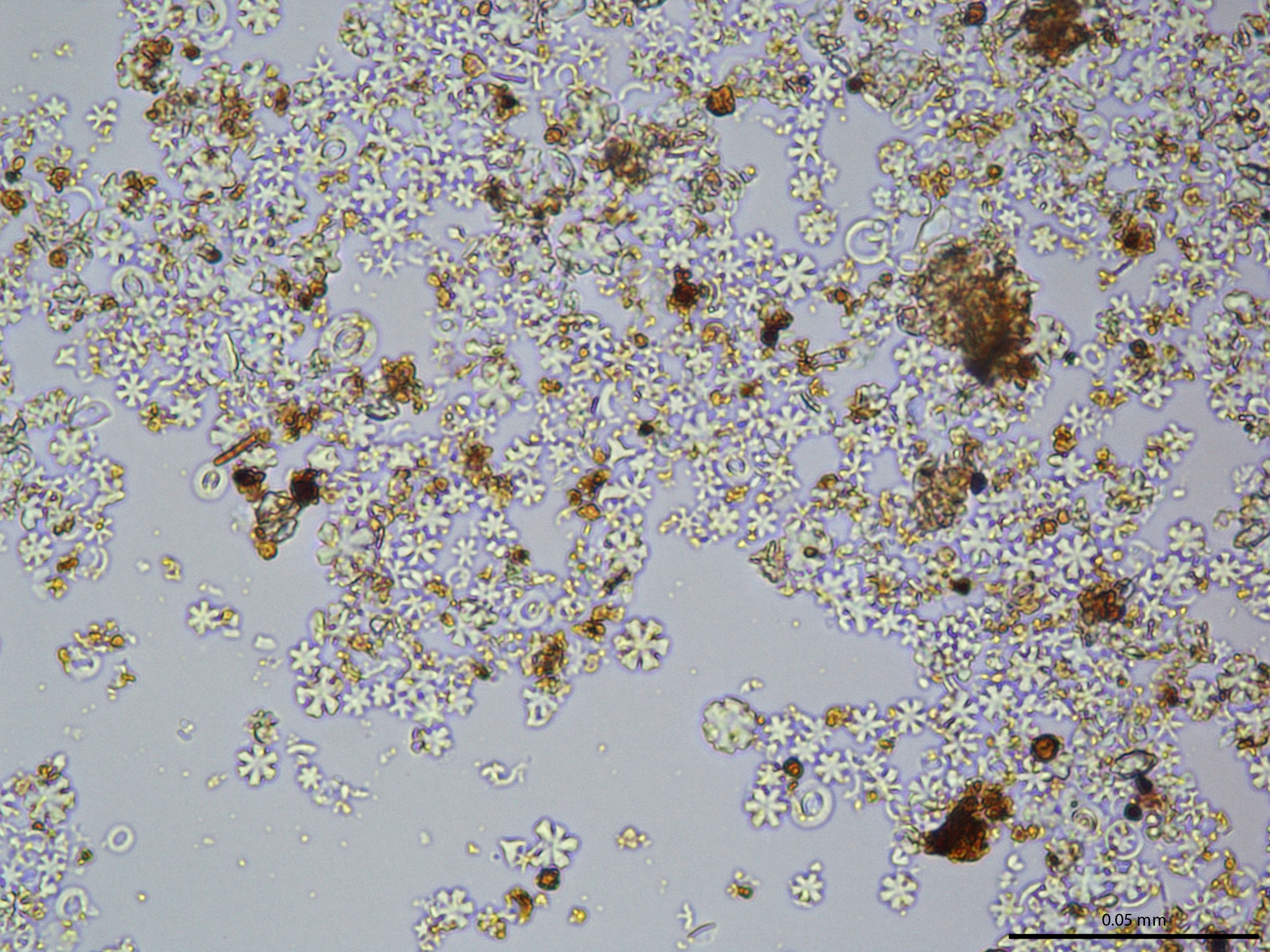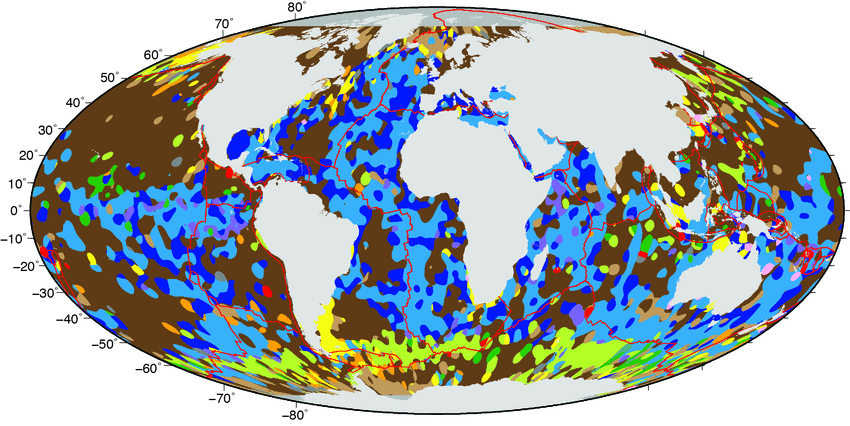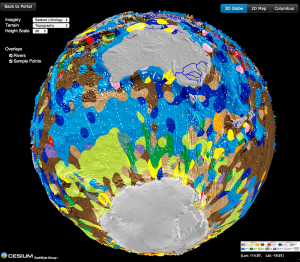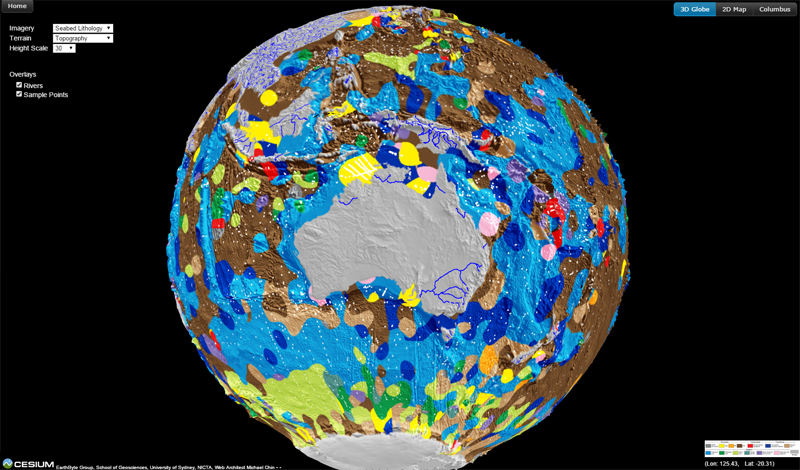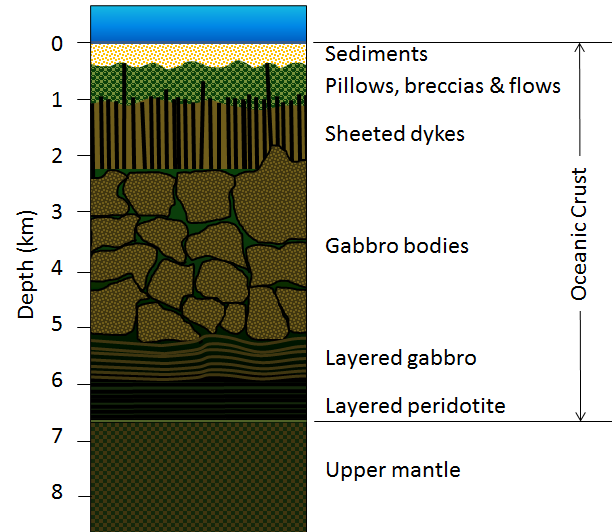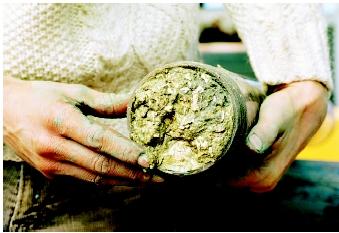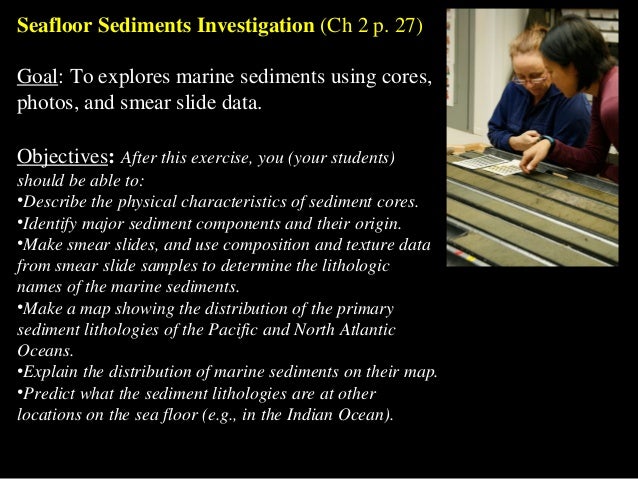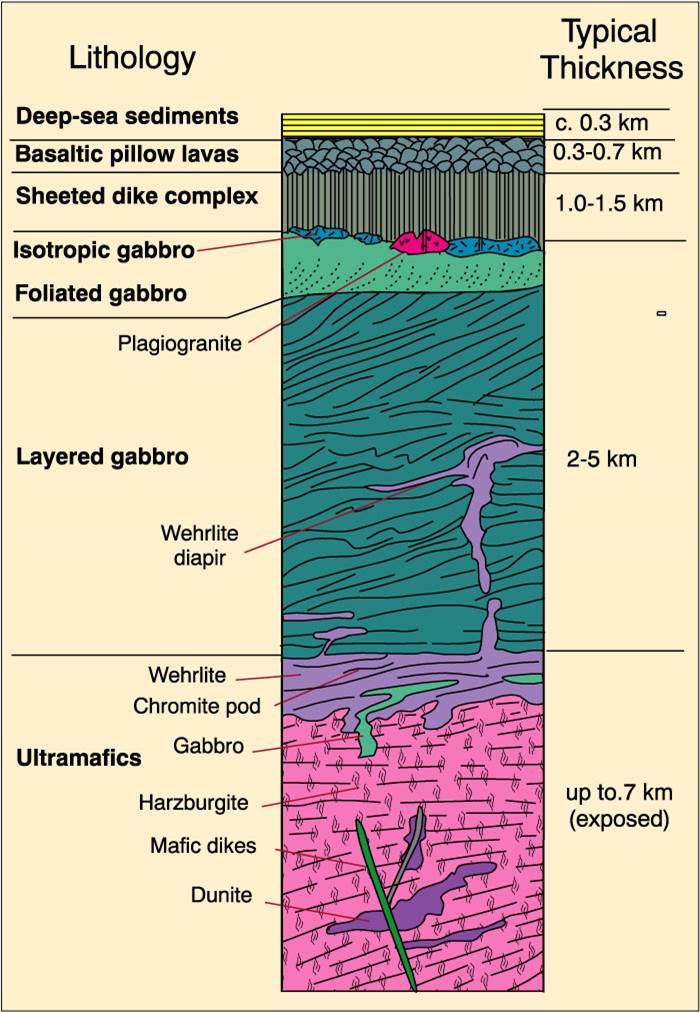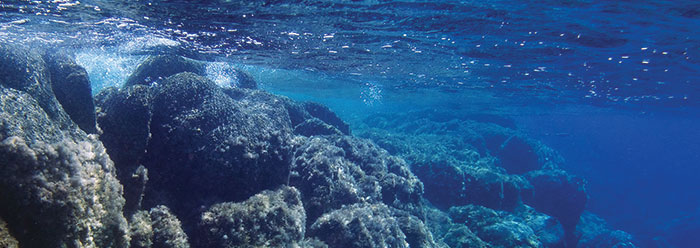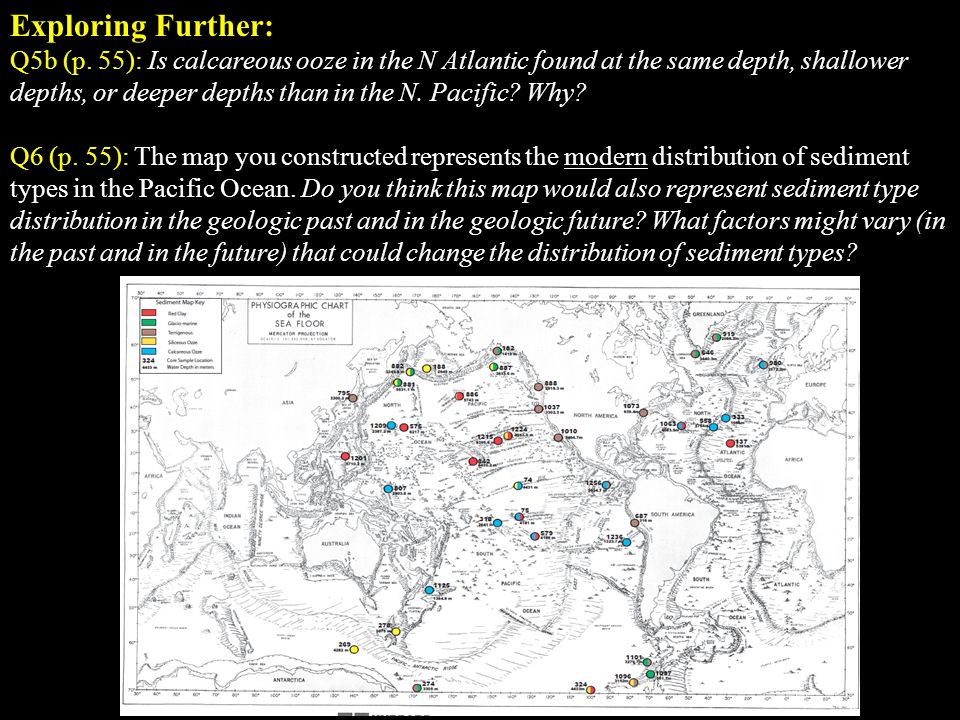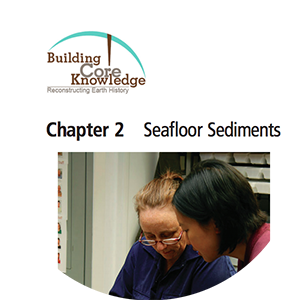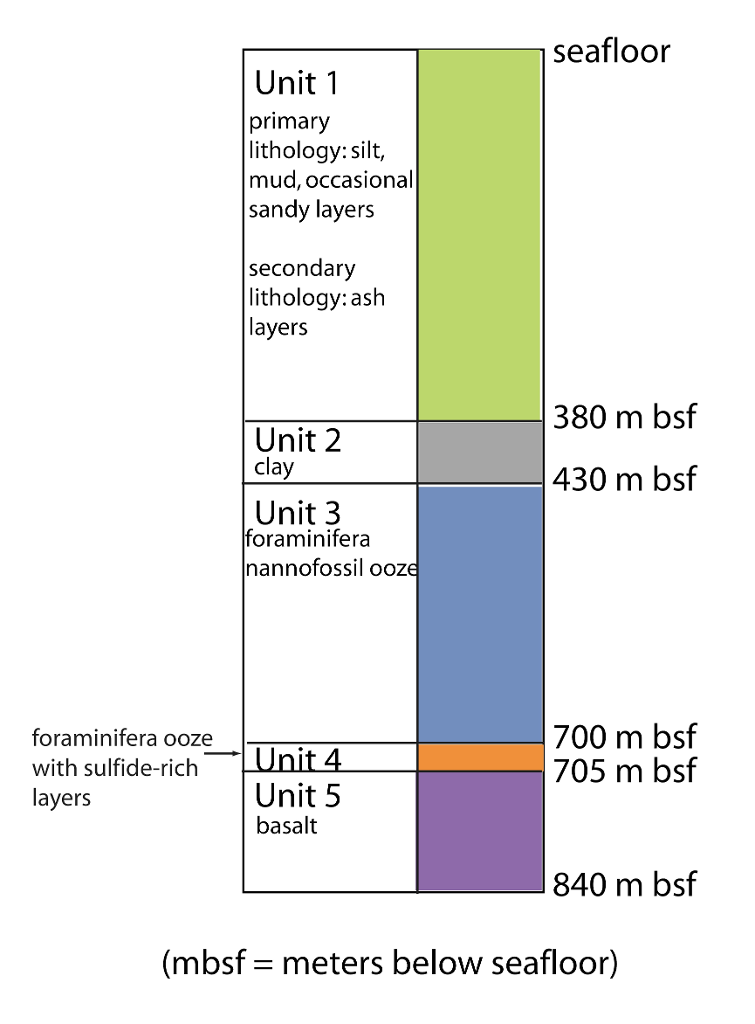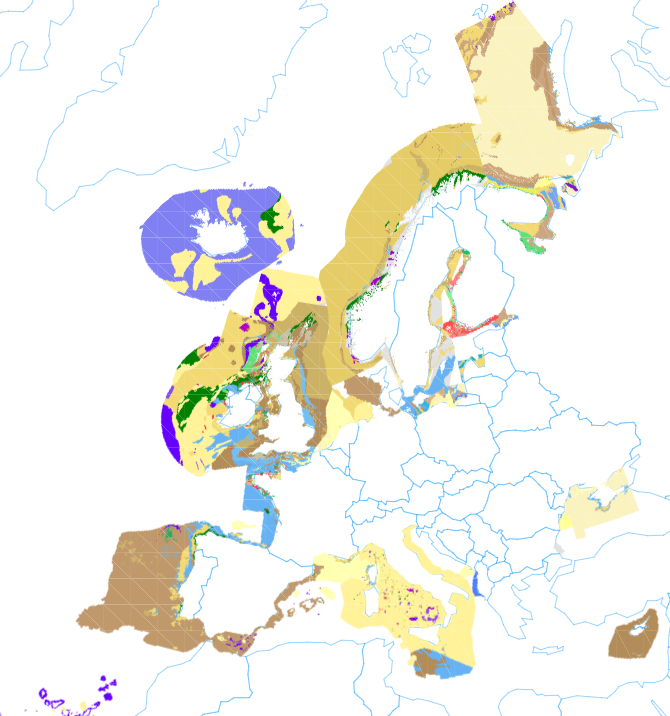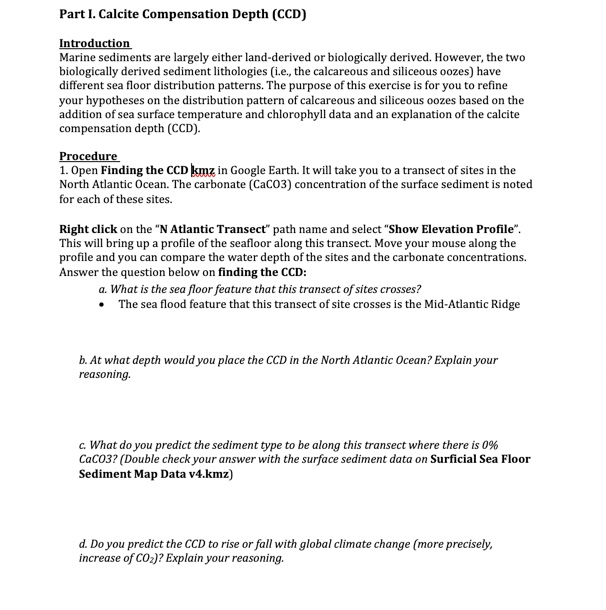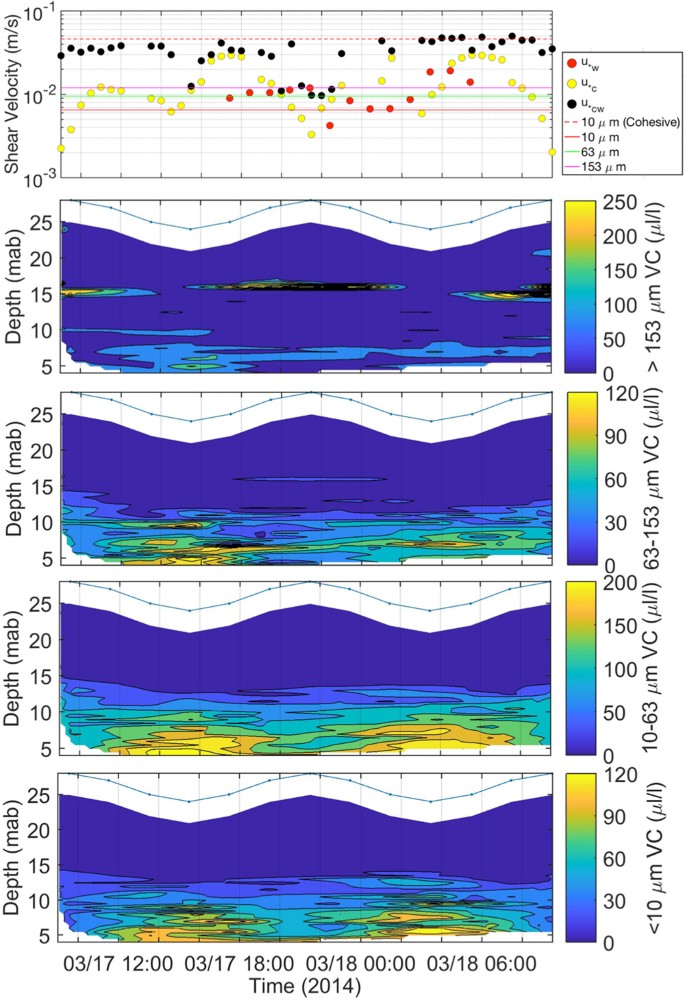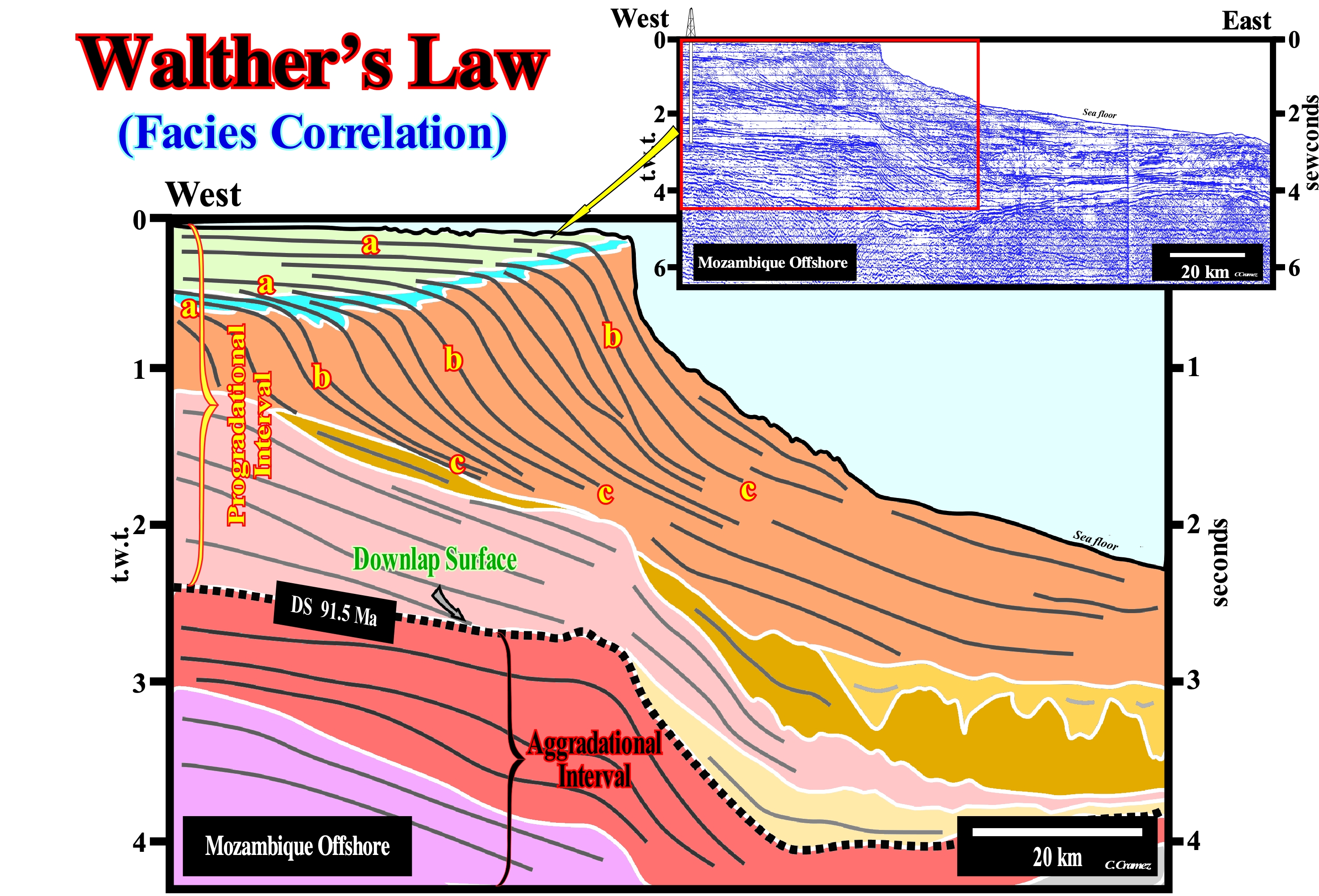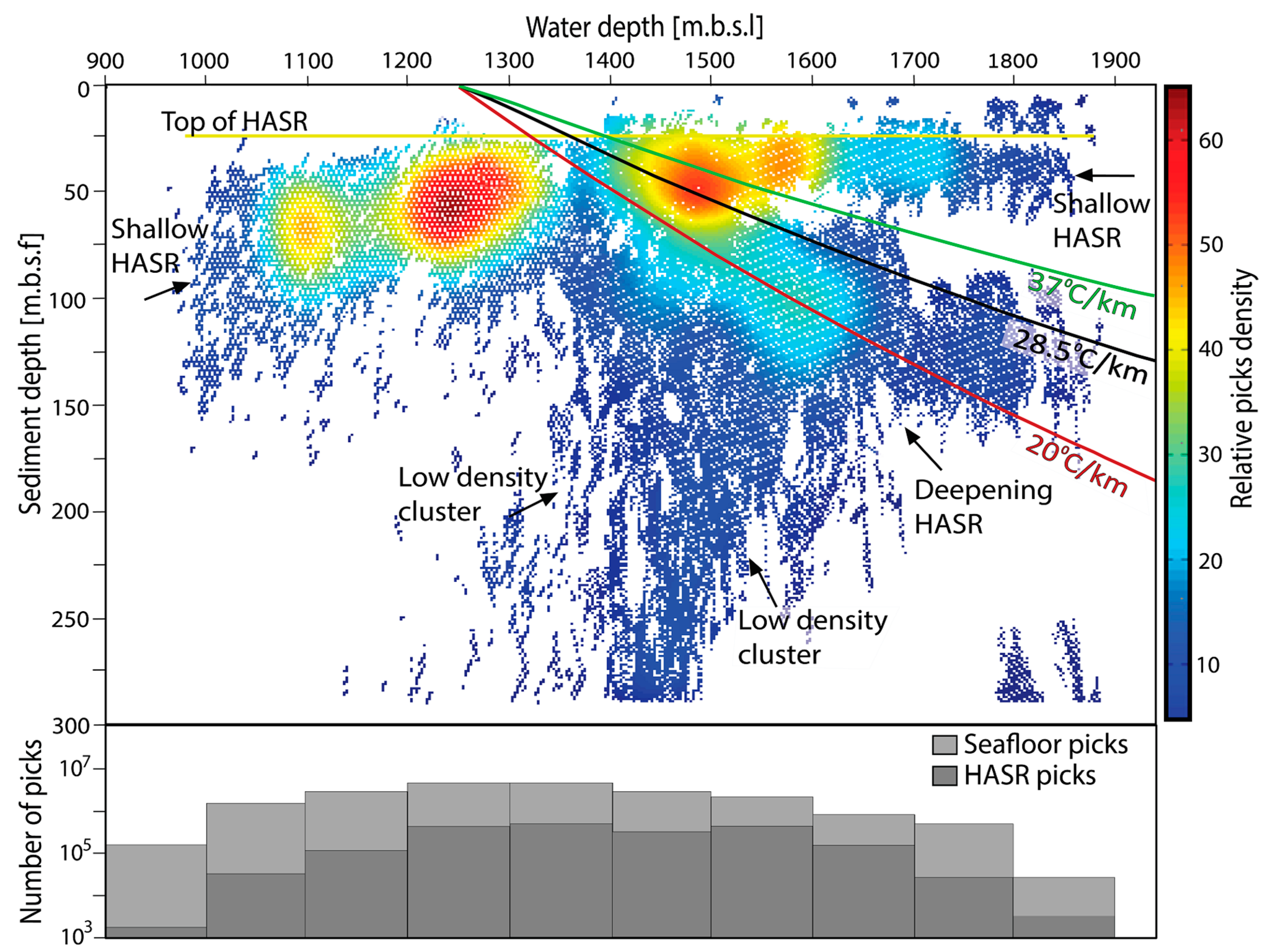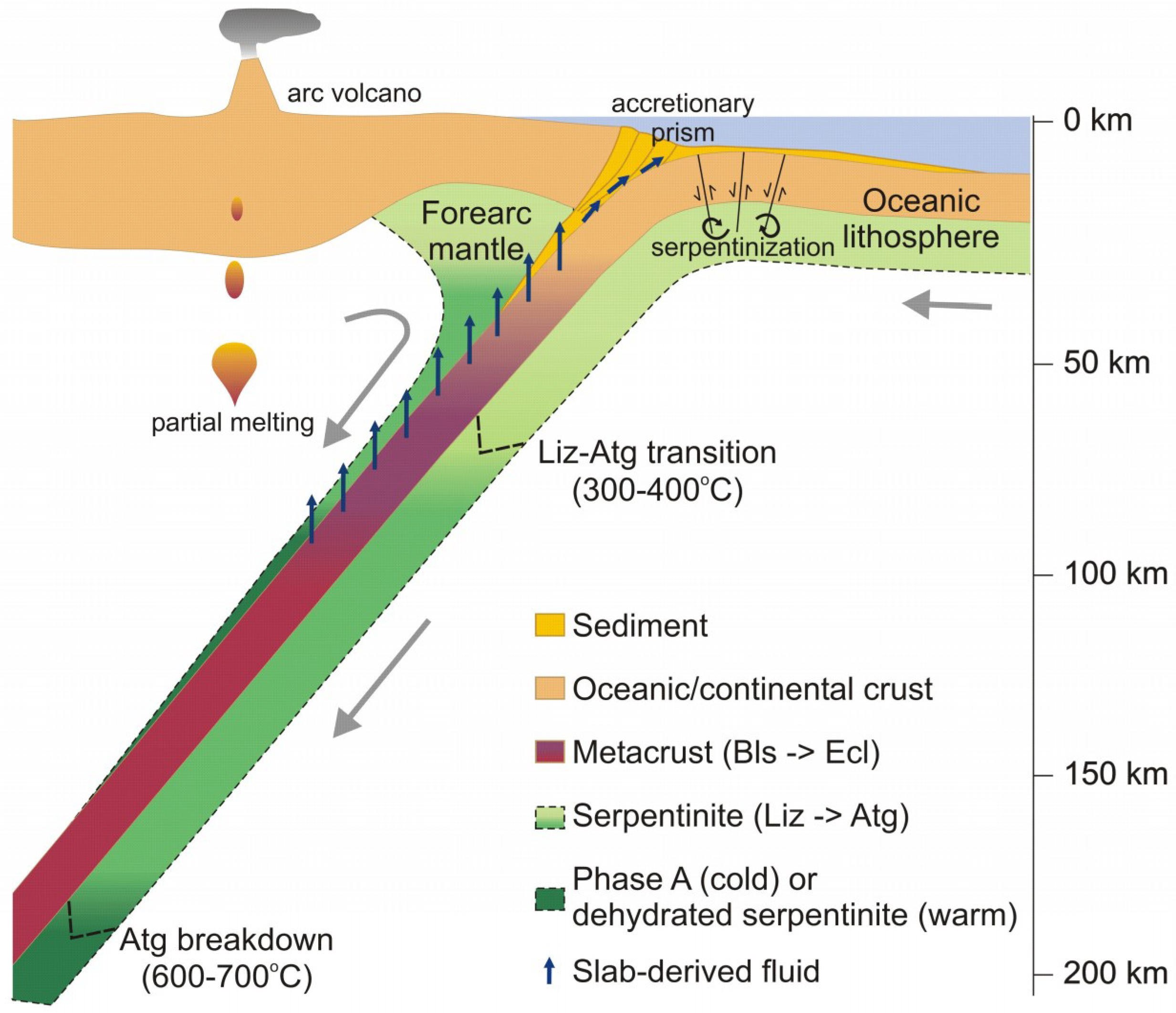Your job is to describe the surficial sea floor distribution of marine sediment types and propose hypotheses to explain the distribution patterns you see.
Sea floor sediment lithologies.
The lithology map is accompanied by estimates of the probability of the most probable class which may be interpreted as a spatially explicit measure of confidence in the predictions and.
Dutkiewicz a müller r.
More detailed views of major ocean basins and percentage estimates of lithologies are given in figures dr4b dr4e and table dr1 see footnote 1.
Knowing the patterns of distribution of sediments in the global ocean is critical for understanding biogeochemical cycles and how deep sea deposits respond to environmental change at the sea surface.
Color variations and patterns perhaps textures differences e g large pebble mixed in mud and may will notice.
Terrigenous pelagic and hydrogenous.
Table 2 of the sea floor.
Google earth resource on marine sediments.
Explain the distribution of modern marine sediments on their map.
Terrigenous sediment is derived from land and usually deposited on the continental shelf continental rise and abyssal plain.
These need to be printed on a color printer or viewed directly on a computer screen or projector.
Seafloor lithologies in the southern ocean showing the antarctic circumpolar current.
A virtual map of 2500 marine sites showing the.
Make a map showing the distribution of the primary modern sediment lithologies of the pacific and north atlantic oceans.
It is further contoured by strong currents along the continental rise.
There are three kinds of sea floor sediment.
Here we created a virtual marine core collection that provides exemplars of the primary ocean sediment lithologies along with links to expedition reports and datasets and tips for making requests for real core samples to use in education.
A new digital map of the spatial distribution of seafloor lithologies in the deep sea below 500 m water depth is presented to address this shortcoming.
As deep sea sediments represent the largest carbon sink on earth these shifts need to be considered in the context of global ocean warming.
We present the first digital map of seafloor lithologies based on descriptions of nearly 14 500 samples from original cruise reports interpolated.
Accurately predict what the modern sediment lithologies are at other locations on the sea floor e g in the indian ocean.
It shows that small shifts in salinity and temperature significantly affect the lithology of seafloor sediment.
Legend is the same as in figure 1.
The dataset presents the first digital map of seafloor lithologies based on descriptions of nearly 14 500 samples from original cruise reports interpolated using a support vector machine algorithm.
The purpose of part 3 is to explore empirical data on the distribution of the five primary marine sediment types i e lithologies.
D o callaghan s jónasson h.
